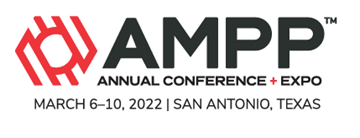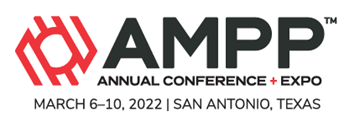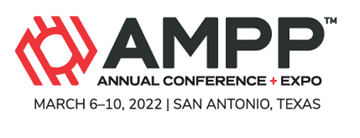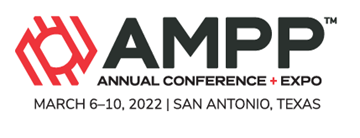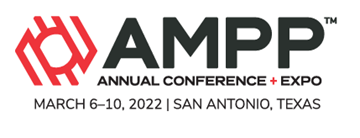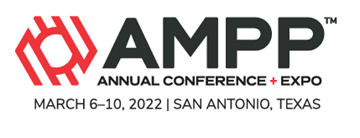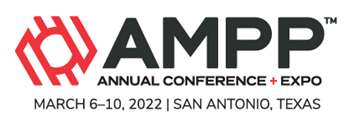Search
Products tagged with 'ampp conference papers'
View as
Sort by
Display
per page
The Effect Of Potassium Hydroxide Primary Water Chemistry On The IASCC Behavior Of 304 Stainless Steel
Product Number:
ED22-17415-SG
Publication Date:
2022
$20.00
The effect of reeling on the qualification of CRA lined and clad pipes according to NACE MR0175/ISO 15156-3: a methodology to qualify reeled pipelines
Product Number:
51323-18919-SG
Publication Date:
2023
$20.00
The Effect Of Specimen Size On The Stress Corrosion Crack Growth Rate Of 10% Cold Worked Type 316L In BWR Environment
Product Number:
ED22-17319-SG
Publication Date:
2022
$20.00
The Effect Of Strain On Surface Residual Stress In Alloy 600 Tensile Specimens
Product Number:
ED22-17258-SG
Publication Date:
2022
$20.00
The Effect Of Sulfur Components Of Corrosion Inhibitors On Chemical Qualification
Product Number:
51322-17801-SG
Publication Date:
2022
$20.00
The Effects Of Different Blast Abrasives On The Performance Of Liquid-Applied Epoxy Pipeline Coatings
Product Number:
51322-17806-SG
Publication Date:
2022
$20.00
The History Of Hydrogen Induced Stress Cracking (HISC) Failures Of Duplex & Super Duplex Stainless Steels (DSS/ SDSS) Due To Cathodic Charging And The Potential For Improvement In HISC Resistance
Product Number:
51322-18070-SG
Publication Date:
2022
$20.00
The Impact of Oxygen Related Black Solids in Oil and Gas Production Systems
Product Number:
51323-18942-SG
Publication Date:
2023
$20.00
The Influence Of Applied Extension Rate And Specimen Geometry On Assessment Of SSC Resistance By Novel NTSSRT Method
Product Number:
51322-17624-SG
Publication Date:
2022
$20.00
The Influence Of Oxygen On Protective Iron Carbonate Scales Formed On Carbon Steel In CO2 Environments At Near-Neutral Ph
Product Number:
51322-17899-SG
Publication Date:
2022
$20.00
The Long Term Effects Of Surface Preparation: Evaluating ISO 12944 In Offshore Coating Application With Waterjetting And Cleaning Additive
Product Number:
51322-18021-SG
Publication Date:
2022
$20.00
The Need For Independent 3Rd Party Coatings Inspectors On All Industrial Coatings Projects
Product Number:
51322-18101-SG
Publication Date:
2022
$20.00





